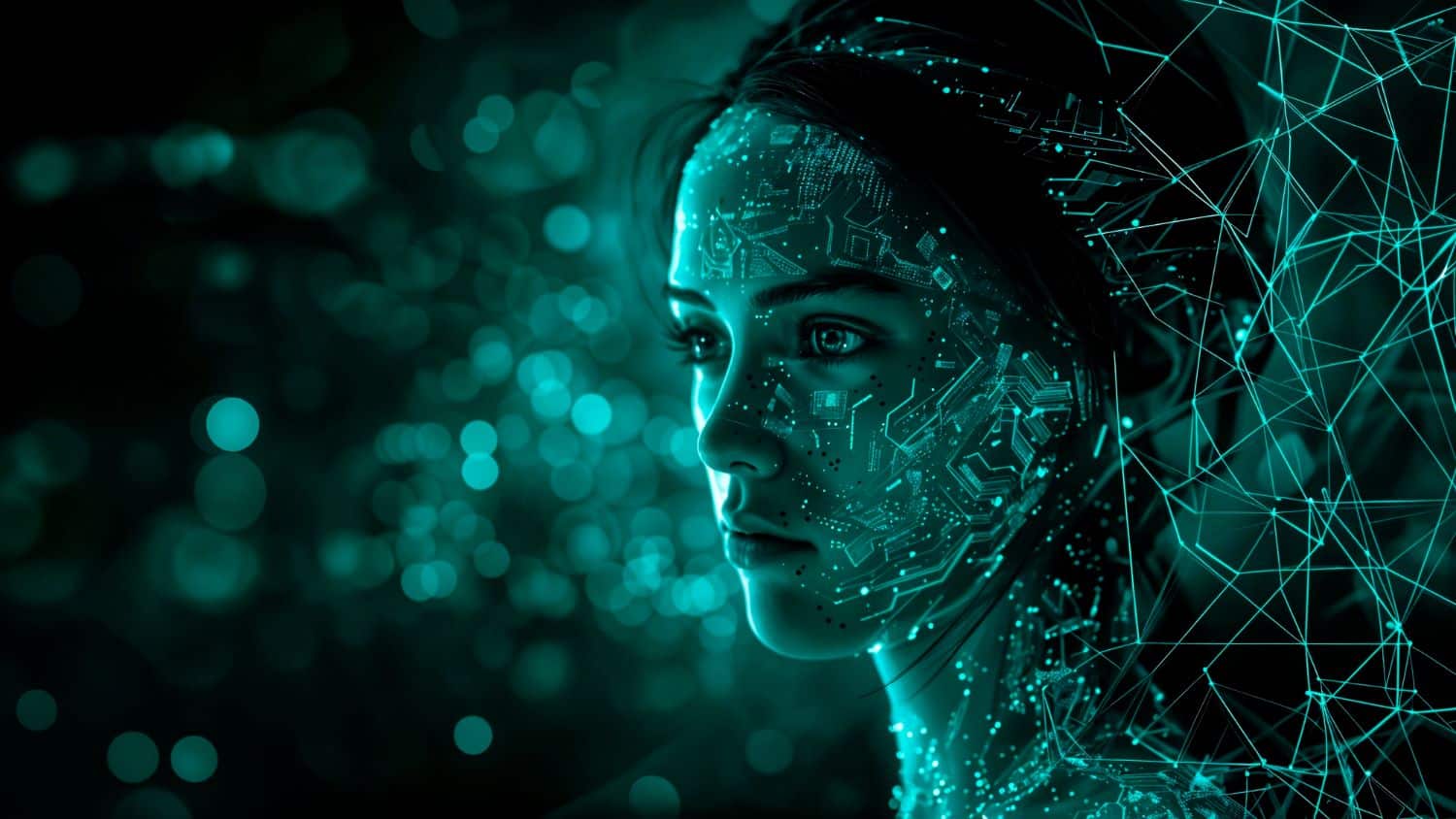A joint study conducted by Microsoft and universities such as Cornell reveals the human limitations in identifying synthetic content. Meanwhile, the global debate over visual disinformation is intensifying.
The rise of generative artificial intelligence presents a challenge that is already impacting the daily lives of millions: how to tell what is real from what is artificial. According to an extensive study published in May 2025 by researchers at Microsoft’s AI for Good lab in collaboration with Cornell University and other academic centers, humans only succeed about 62% of the time when trying to discern whether an image was taken from the real world or generated by AI models like DALL·E 3, Midjourney v6, or Stable Diffusion XL.
The work, titled “How good are humans at detecting AI-generated images? Learnings from an experiment” (arXiv:2507.18640, see full study), is based on more than 287,000 image evaluations conducted by 12,500 participants worldwide through the online interactive game “Real or Not Quiz.” Each user viewed a random selection of real images—sourced from a library of 350 royalty-free photographs—along with other AI-generated images (700 in total), and had to classify them as authentic or artificial.
Human portraits are easier; landscapes are nearly impossible
One of the most significant findings is that people tend to better identify real human faces than other types of images. Conversely, errors skyrocket when it comes to urban or natural landscapes, especially if they lack recognizable elements or have plausible compositions.
The research suggests that users still rely on “visual clues” or stylistic artifacts to detect if an image has been AI-generated. But as models improve, these cues disappear: textures, shadows, depth of field, and architectural details become increasingly convincing. The clear consequence is that confidence in what we see becomes fragile.
An AI detector with 95% accuracy… but still not enough alone
Meanwhile, Microsoft has developed an automated detector for synthetic images, which internal tests show can identify AI-generated images with 95% accuracy. The tool was tested with the same set of images used by humans, revealing a significant gap between human perception and the technology’s capabilities.
However, researchers recognize that a single tool is not sufficient. Technical solutions must be complemented by transparent labeling systems, watermarks, digital signatures, and platform policies that clearly and reliably communicate the origin of content.
“It is urgent to implement visible and persistent mechanisms that indicate which content has been generated or altered by artificial intelligence, to prevent the spread of visual disinformation and erosion of public trust,” the study emphasizes.
From visual manipulation to erosion of truth
The difficulty in distinguishing real images from AI-generated ones already has social consequences. Viral manipulated or entirely fabricated images circulate daily on social media, news outlets, and educational environments, causing confusion, polarization, or panic. The phenomenon is so concerning that it has prompted intervention from governments and international organizations.
In this context, the recent decision by Australia to ban YouTube for minors under 16 starting December 2025 is especially relevant. The country argues that harmful content for minors—including videos generated or altered with AI—poses a threat to adolescents’ mental and emotional health. An official survey found that 37% of Australian minors identified harmful content on YouTube, surpassing other social platforms.
Conversely, companies like Meta have adopted a responsible containment strategy, introducing advanced safety features on Instagram, such as detection of suspicious interlocutors, protection against unwanted nude images, and geolocation alerts to prevent sextortion cases. These tools, enabled by default on teen accounts, are complemented by new measures for managed profiles that publish child-related content.
What can society do?
The Cornell and Microsoft study is more than a technological wake-up call—it’s a cultural alert. If we fail 38% of the time in judging what we see, then more than algorithms are needed to restore trust. We need visual education, critical thinking, and media literacy from an early age.
Furthermore, efforts should be made to create an international regulatory framework that mandates transparency from developers of generative AI models and the platforms that host them. Consumers also have the right to know whether an image was generated by a model, digitally altered, or captured from reality.
An increasingly hard-to-see truth
We live in an era where creating hyper-realistic images is no longer a privilege of experts. Today, anyone can generate a scene simply by describing it with a phrase. While this has positive applications in design, art, education, and science, it also opens the door to mass manipulation, identity theft, and systematic disinformation.
The study makes it clear: sight is no longer enough. In this new digital ecosystem, visual truth must be accompanied by verification tools, critical culture, and shared responsibility. Only then can we navigate a world where lies become increasingly indistinguishable from reality.

